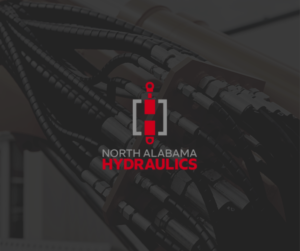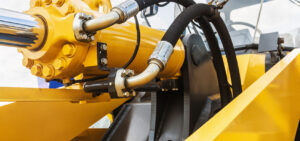Common Causes of Hydraulic Seal failure
Hydraulic seals are ringed components that form seals in motion applications involving liquid. These important components are critical in the success of reciprocating motion aided transfer of liquid power to linear motion. Relatively soft, hydraulic seals can be composed of a number of different materials, such as rubber or polyurethane. Similar to o-rings, hydraulic seals are very durable if they are used in proper application settings, but in the wrong setting they can cause serious problems. The main causes are improper installation, contamination, heat erosion and chemical erosion.
Improper Installation
One of the easier situations to address, improper installation of hydraulic seals can nevertheless pose serious problems. An improperly installed hydraulic seal can fail in a number of ways, due to cleanliness, unsafe handling, contamination, or even being incorrectly chosen for the application. Hydraulic seals are rarely designed for specific applications; rather, they come in standard sizes and material makeup, and applications are designed to comply with them. Discussing with an engineer or hydraulic seal manufacturer the best type of seal to use for an application can prevent early mistakes.
Additionally, proper installation requires knowledge about the seal and the equipment. A common problem can be installing a seal upside-down, which can result in liquid leaks. Also, if seals aren’t handled correctly, they can tear or nick, which will lead to failure after a period of use.
Contamination
Contamination occurs when outside flotsam and jetsam is introduced into the hydraulic rod. Dirt, mud, swarf, powder and other tiny elements can attach themselves to the hydraulic piston and then dirty the seal. As the seal gets dirtier, it loses its ability to hermetically prevent contaminants from then getting into the piston area. Contamination can be prevented by installing the seal correctly, assuring it is clean upon installation and that the piston area is free from dust. Additionally, installing rod wipers can prevent the rods from becoming dirty. Also, any liquid used in these applications should be properly cycled and cleaned of debris.
Heat Erosion
Heat erosion or degradation can cause hydraulic seals to melt or bake, after which the seal will become brittle and crack apart. The temperature of the application and the constant friction can decrease a hydraulic seal’s life expectancy significantly, so seals should be checked for any evidence of heat degradation. There are a few ways to prevent it as well. One possible solution is to also purchase rings made up of heat resistant material. Another solution is to increase lubrication while decreasing lip seal interference.
Chemical Erosion
Chemical erosion can generally be prevented by matching the seal material to the types of chemicals encountered in the application. Depending on the type of lubrication used or the chemicals involved in the hydraulic equipment, the seals will be better or worse at dealing with the possible degradation effects. A chemical that can eat away at one type of material will have less of an effect on another. However, factoring in heat and contaminant issues results in a more complex decision making process. It is best to consult manufacturers in order to determine the best type of hydraulic seal for a given application.
Contact Us
North Alabama Hydraulics is a locally owned hydraulic repair business located in Huntsville, AL. If you have questions about your hydraulic system or are in need of a hydraulic repair, feel free to contact us at [email protected]



